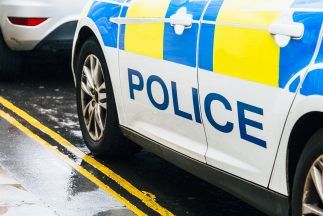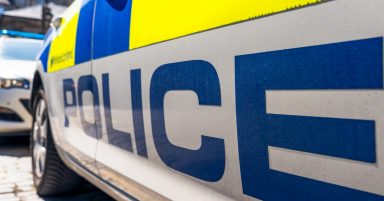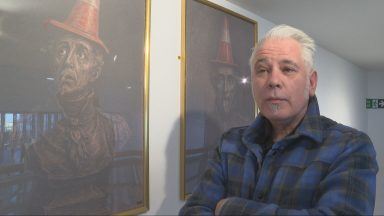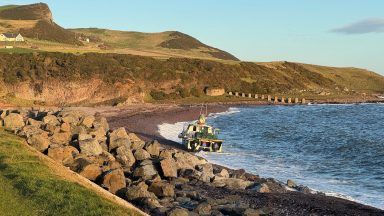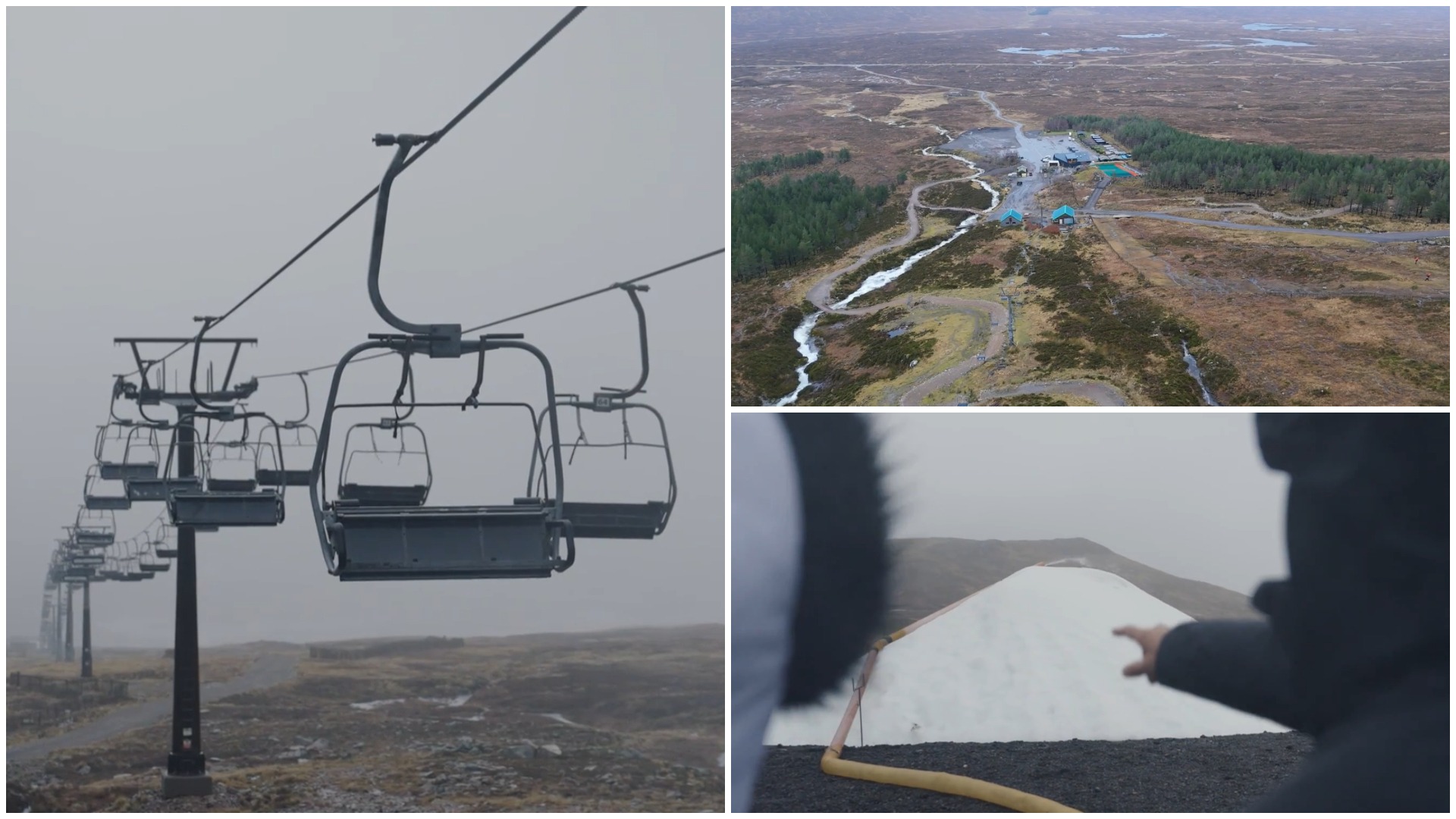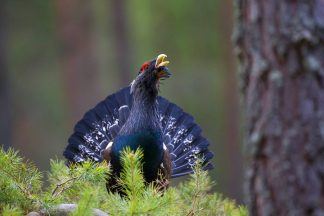Radar has detected an “underwater anomaly” beneath the surface of Loch Ness.
The Loch Ness Centre said the “significant finding” was reported by its Deepscan cruise vessel in the UK’s largest body of water – famous around the world for the claimed sightings of the Loch Ness Monster.
Nessie, as the legendary creature is affectionately known, is believed by some to have resided in the loch in the Highlands for hundreds of years.
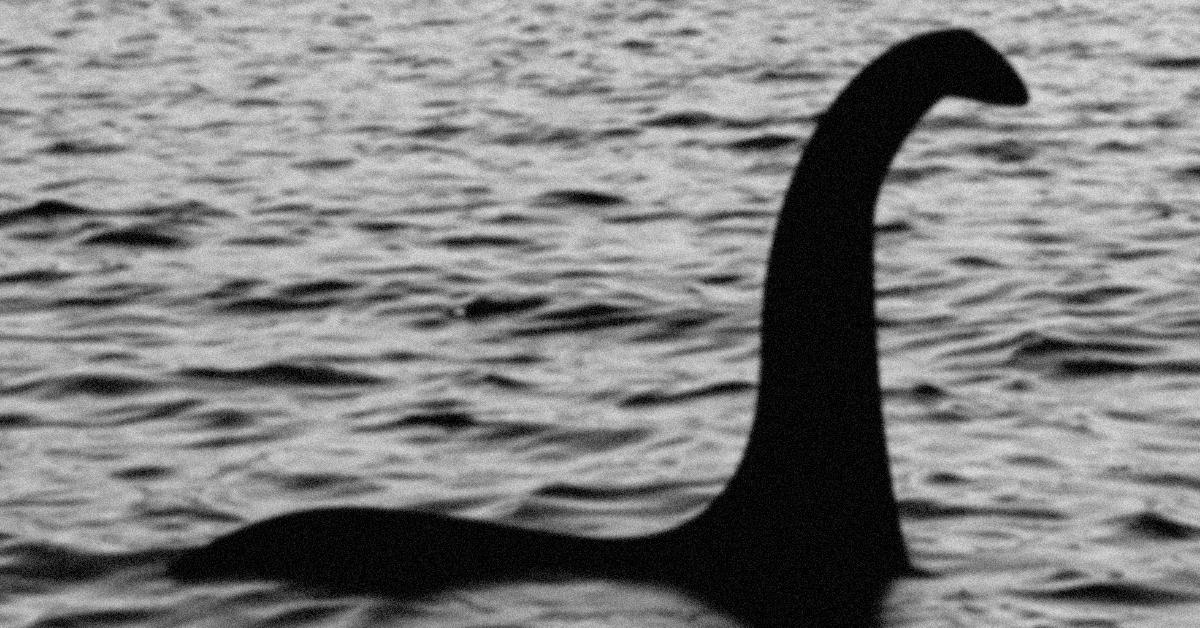 iStock
iStockThe earliest report of a monster in the water occurred in the early sixth century, when Irish monk Saint Columba allegedly encountered the beast in the River Ness.
However, the modern day fascination with the myth was sparked by the “Surgeon’s Photograph”, which was snapped by Robert Kenneth Wilson.
For decades the image was hailed as evidence of Nessie’s existence. Now many believe the picture was an elaborate hoax.
Tourists have flocked from across the world with the hopes of spotting the creature whilst exploring the story of the monster at the Loch Ness Centre.
A number of expeditions have been launched in attempt to solve the mystery, with another taking place in May 2025, but none have been successful.
However, those onboard Deepscan cruise boat, which utilises advanced radar technology to explore the depths of the loch daily, reportedly detected a “distinct anomaly” on October 3 sparking intrigue among researchers and enthusiasts.
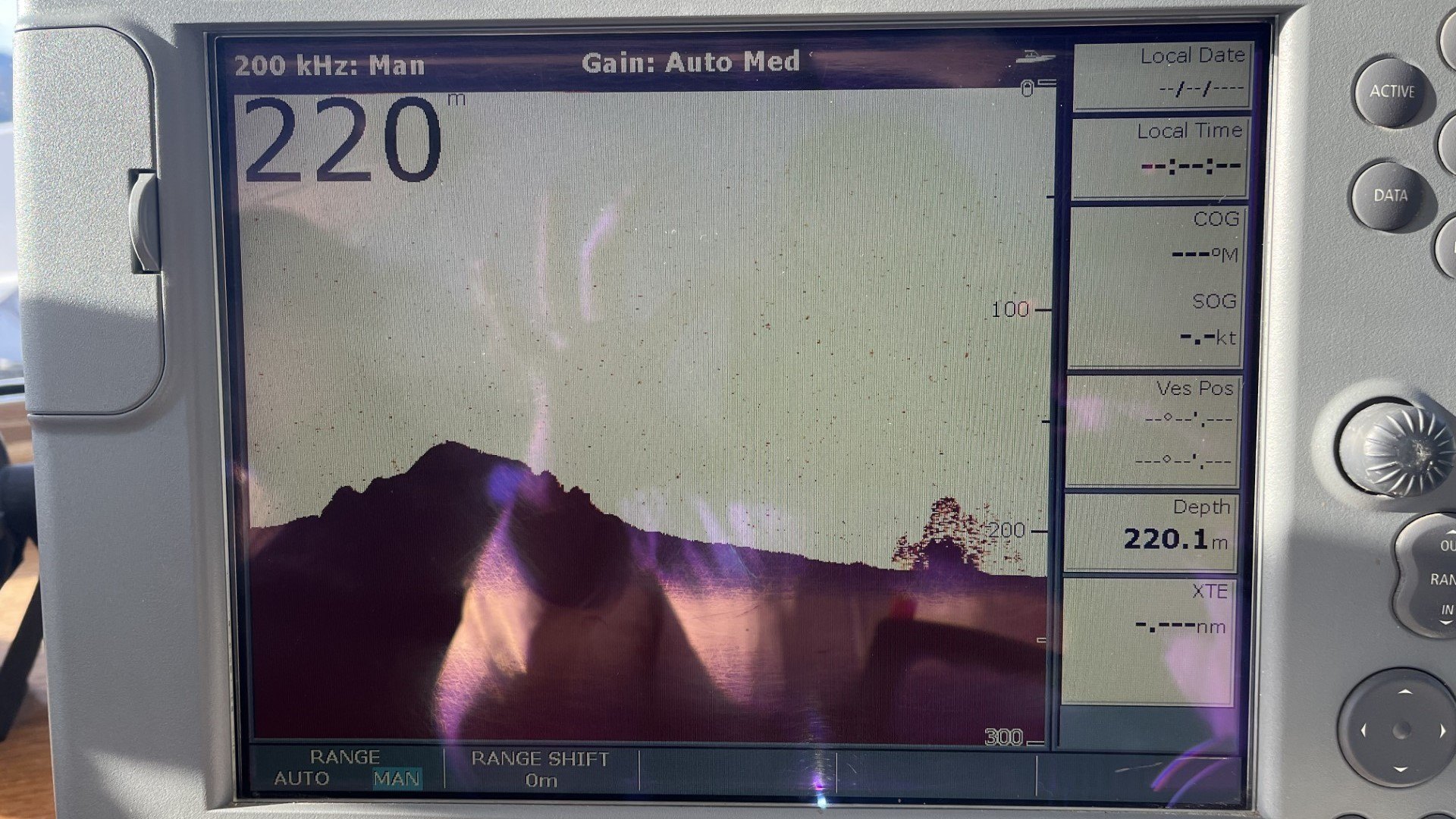 The Loch Ness Centre
The Loch Ness CentreWhile the readings remain under investigation, analysts claim the mass could represent substantial underwater presences or potentially large aquatic creatures.
This is the second reported “breakthrough” in a week after seasoned Loch Ness skipper, Shaun Sloggie, captured a strange shape on his sonar.
Nagina Ishaq, general manager of the Loch Ness Centre, said: “These radar readings have raised many questions about what lurks in the depths of Loch Ness.
“Our Deepscan cruise has consistently aimed to deepen our understanding of the loch’s ecosystem, and this finding shows that there are still many unknows about the loch.
“We are currently working with Loch Ness researchers to conduct further analysis of these readings which hopefully mark a major milestone in the search for Nessie.”
Follow STV News on WhatsApp
Scan the QR code on your mobile device for all the latest news from around the country


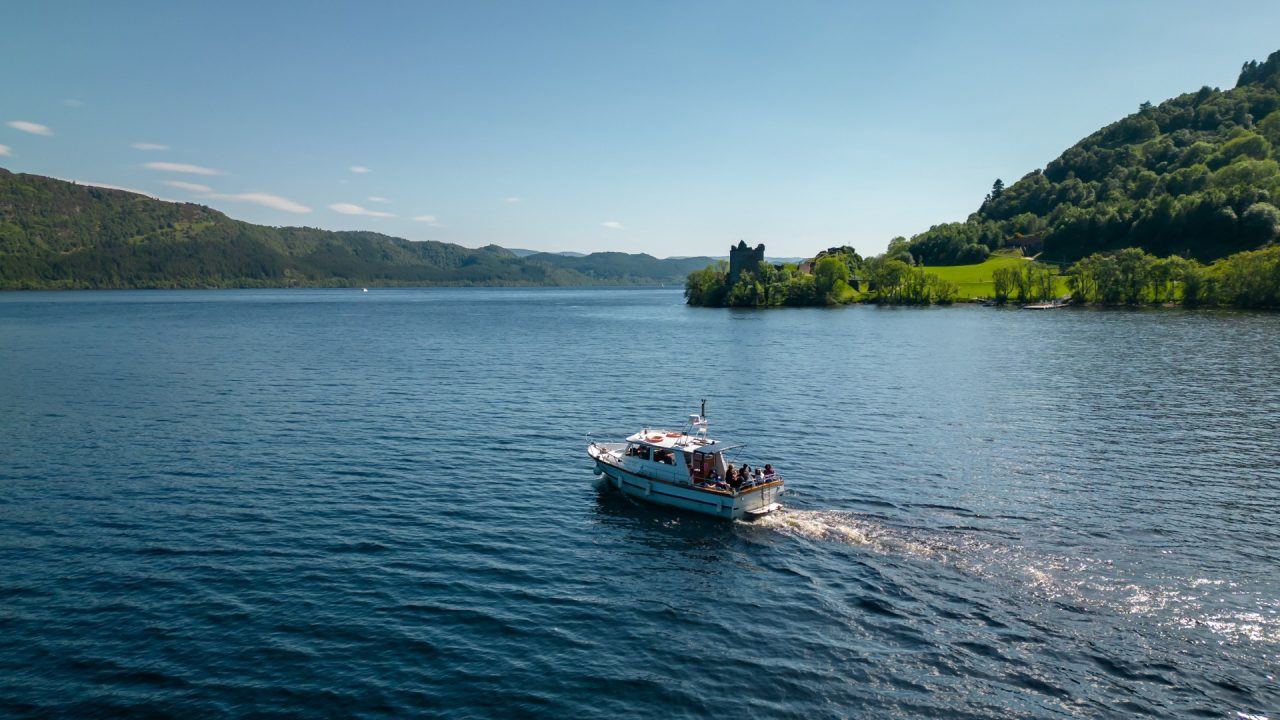 The Loch Ness Centre
The Loch Ness Centre




